Chatbot Building Best Practices #3 — Rich Media Content
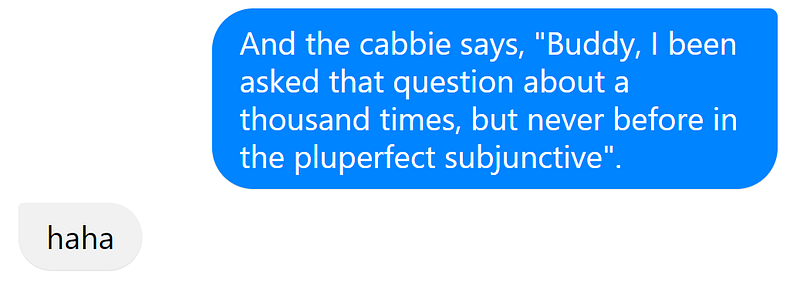
How using images, GIFs, memes, videos and sound clips in your bots can make it more engaging.
If you have used any of the bots that we have built in-house at TARS, you will know that we love using rich media content to enhance our messaging flows. While this certainly enhances the aesthetic appeal of our bots, there are significant practical implications of using rich content in bots as well. Here is quick rundown on what these implications are and why you should care about rich content in your bot.
What is rich media content?
Rich media content is pretty much any form of content other than simple text that you can include in a bot flow. That means — pictures, gifs, memes, sound clips, videos, stickers.
Why is it important?
There are two overarching reasons for using rich content in bots:
- making the bot feel more human and
- keeping the user engaged
To those who have read the previous editions of this series, these will seem familiar. User engagement and simulating human interaction are perhaps the two most significant advantages of using chat as an interface. Pretty much any bot building best practice feeds into these two advantages and it is a worthwhile exercise to explore how rich content in particular contributes both of them. Doing so will give you insight into what sorts of content you should use and where to use such content.
Making the bot more human
Rich content makes a bot feel more human because humans use rich content.
This might seem a little tautological but it is true. I started using GIFs in my messaging flows because I use GIFs when I message my friends. Think about your chats with your friends and family. You might not use GIFs like I do, but I am sure you send emoji, videos or pictures. This is likely true for the people using your bots as well.
Suffice it to say that, rich content has become a fundamental part of the way most people communicate through messaging apps on a daily basis. Including it in your bots makes conversations with the bot feel more real. This is no minor difference. Rather, it completely changes the mindset with which a user interacts with your bot.
Throwing in a GIF or two, or maybe a video, transforms your bot from a piece of software that happens to have a chat interface on the front to a piece of software that has a certain level of humanity to it.
Increasing Human Engagement
This point is not completely unrelated to the previous point. Why do we use rich content in our daily conversations? Because rich content is often more enjoyable and more expressive.
Take the following example. Your friend sends you a joke over chat and you have two options:
React with a simple “haha”:

Or react with a haha gif:
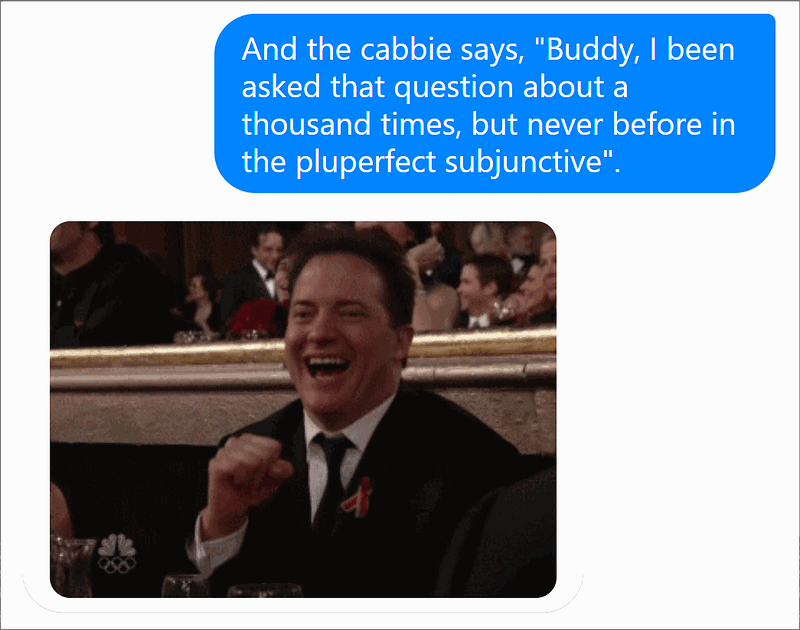
Which is more expressive and enjoyable? Clearly the GIF.
The same is true for your bots. Adding rich content into your bot’s messaging makes the conversation more feel more enjoyable and expressive. The result is conversations that are more engaging and higher completion rates.
Guidelines for using rich content in your bots
Now as with everything, it is possible to misuse rich content in your messaging flows. So here are some guidelines for getting the most out of rich content in your bots.
When to use rich content?
There is such a thing as too much rich content. You do not want your bot to send too many pictures, images, videos or emoji, because that can be very annoying. As such, it is important to decide, sparingly where you are going to use rich content.
There are four places I generally use rich content.
1. I often use a gif or picture in the first gambit of my bots. A lot of people have not interacted with bots before and might be wary of using a chat interface to interact with a business. Using a piece of rich content can cut the tension and make the chat seem more approachable.
2. Second, I use rich content where I am trying to evoke a memory or a feeling. This point is best explained through an example. Check out this bot we made to explain bitcoin to people who don’t know what it is:
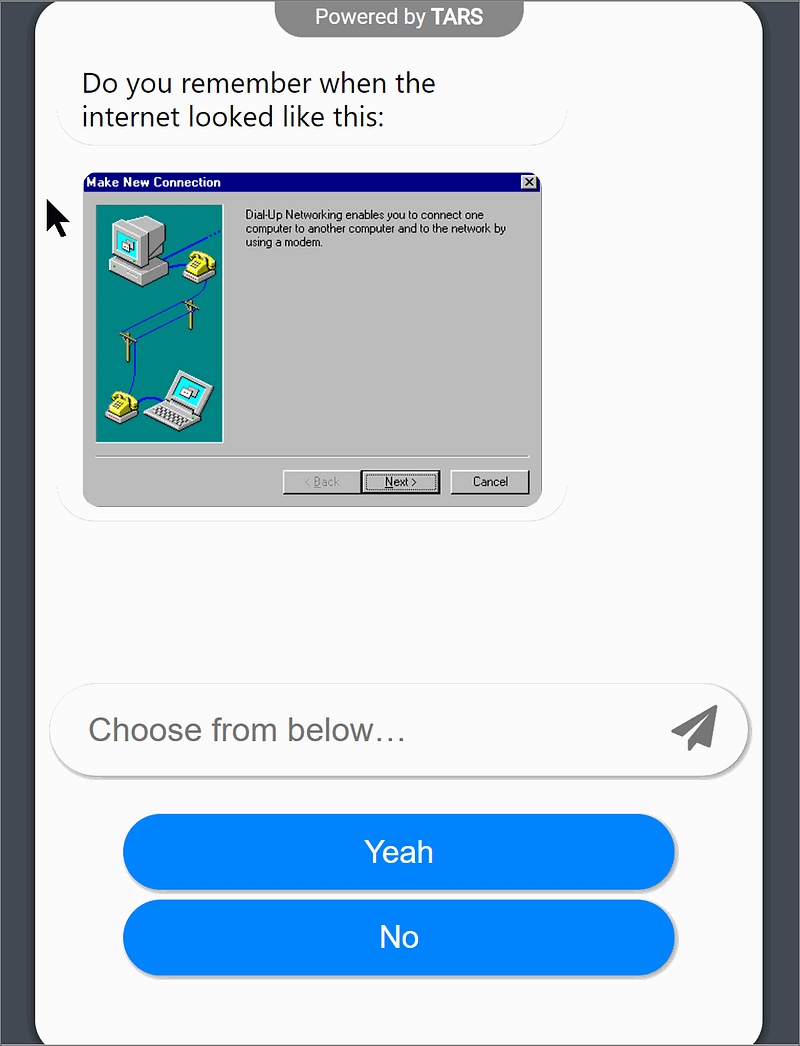
As you can see, in the first gambit I ask the user whether they remember when the internet looked like this:
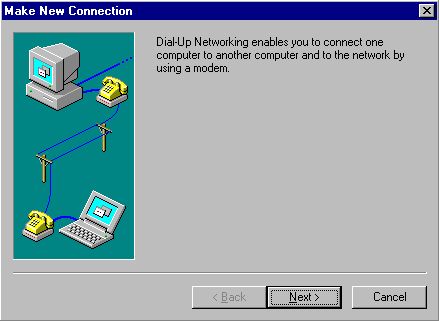
At this point I could have very easily asked the user, “do you remember when dial-up internet was a thing?”
I chose the image instead because it does a better job at evoking the memory or the feeling of dial-up internet and as such better conveyed my message.
3. I use rich content as reactions. Later in the flow of the bitcoin bot, the user comes to a fork where they have these options to reply with:
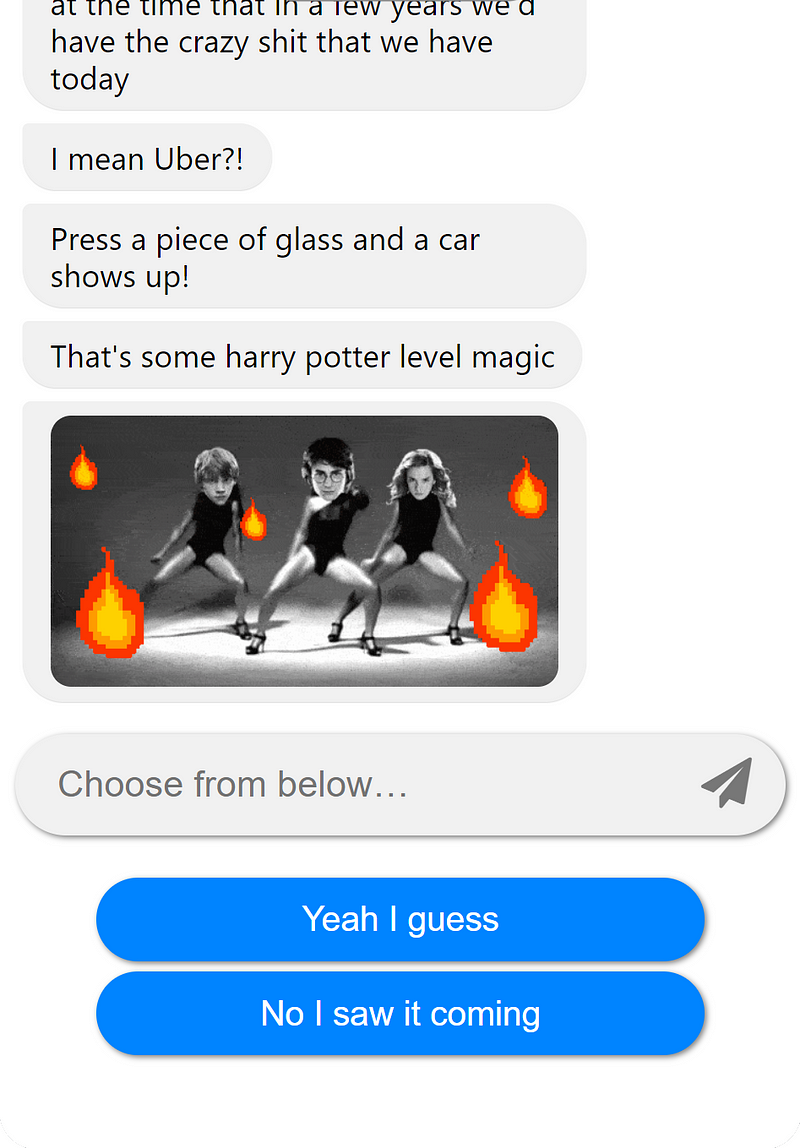
If the user responds with “No they saw it coming” (in this context, this means they knew that technologies like Uber and Facebook would exist in the 90s), the bot responds with Neil deGrasse Tyson meme:

Again, like with the previous point, the meme captures better the feeling than a simple “woah” as text.
4. Finally, and perhaps most importantly, I use rich content to add breaks in long streams of text. If a user is interacting with your long lead generation or explainer bot and all they see is text, she might close out and scroll through Instagram or Facebook or better yet chat with her friends where she gets to see interesting videos and funny gifs. If you throw in a funny gif or two, the user gets a small dose of enjoyment that keeps me patient enough to reach the end.
What content to use?
When I think about what sort of content to include, I think about what content I would send if I were manually engaging in each chat. That is, I look at my chat habits with other people and translate those into the bot. For example, in the bitcoin example from above, both the gif and theme are something that I feel I would send to someone given the user message. It generally, works.
Also, I have found that the sources of content (I generally use Youtube, Giphy, Imgur in case you were wondering) tend to have pretty amazing search algorithms. So when you are looking for content to put in your bot, you should be able to find it on the first page of the search results. If not, I would refine my search term because it probably isn’t the right one.
Think about load times
Finally, I would highly recommend that anyone thinking of using gifs and images should think about load times for the piece of content they are using. You could find the perfect gif or meme to put in your flow but if it is 20mb in size and it takes 30 seconds to load, your user will lose attention and drop off. Try to find the ideal balance of appropriate content and small size to get the most out of your content. There is no formula to figuring this out, you will just have to conduct tests.
Hopefully you now have a better idea on how and where you can use rich content in your bots. If you have any more suggestions, I would love to hear from you in the comments below.
Ish is the co-founder at Tars. His day-to-day activities primarily involve making sure that the Tars tech team doesn’t burn the office to the ground. In the process, Ish has become the world champion at using a fire extinguisher and intends to participate in the World Fire Extinguisher championship next year.
Recommended Reading: Check Out Our Favorite Blog Posts!
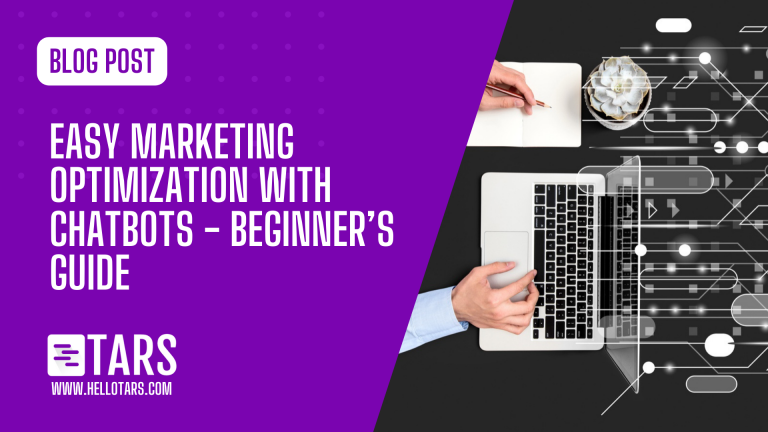
Easy Marketing Optimization with Chatbots – Beginner’s Guide

Using a Chatbot for Commercial Real Estate – Beginner’s Guide

AI for Internal Communications and Employee Management

Our journey in a few numbers
With Tars you can build Conversational AI Agents that truly understand your needs and create intelligent conversations.
years in the conversational AI space
global brands have worked with us
customer conversations automated
countries with deployed AI Agents




